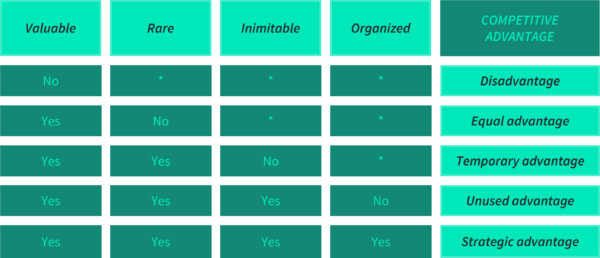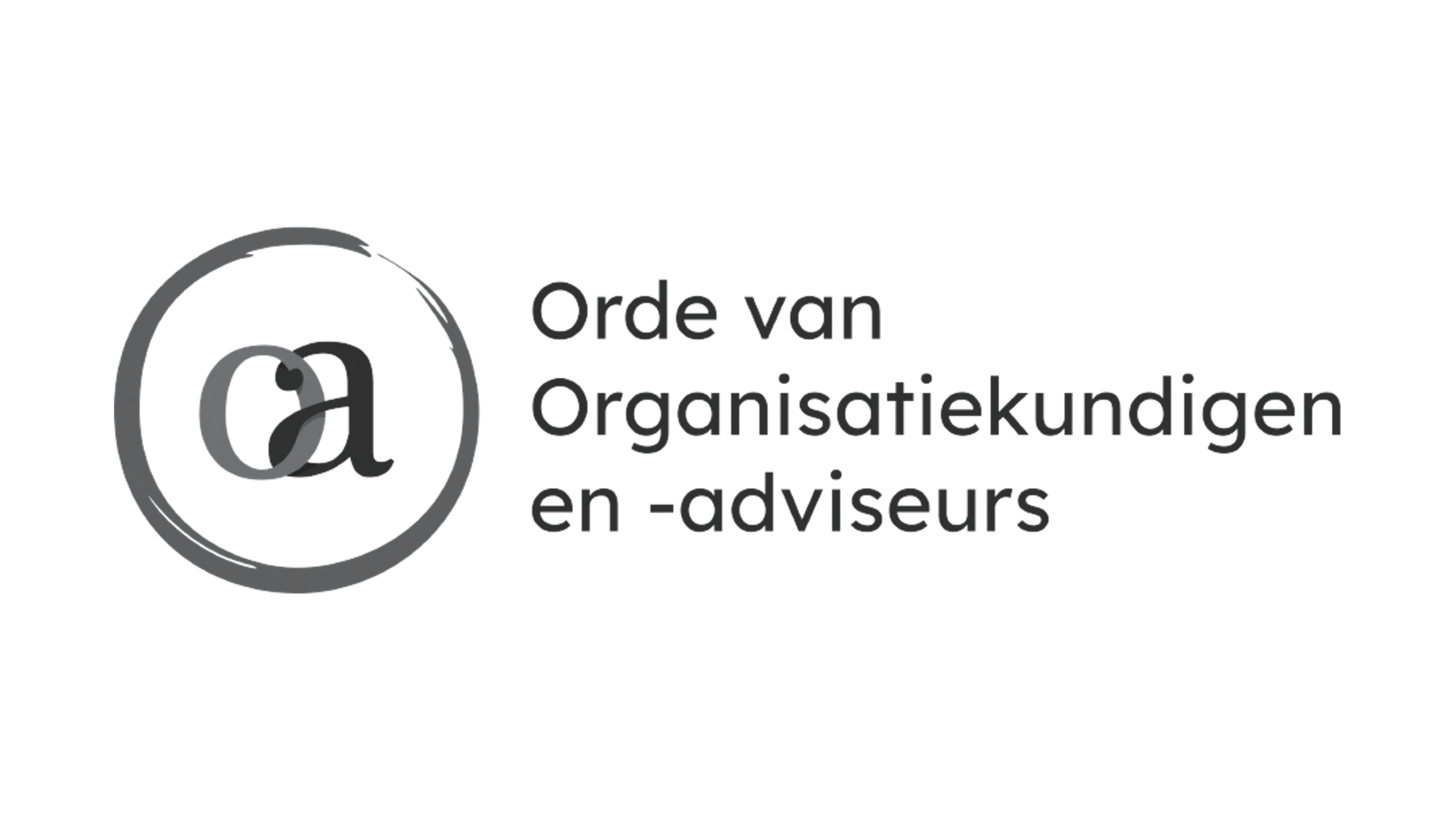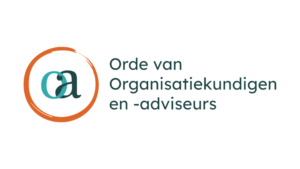An organization deploys capabilities to execute its activities. Some of these capabilities are critical to survive and thrive. In three easy steps, you can determine objectives to steer the development of critical capabilities in your organization.

Steps to determine objectives
Determine objectives for developing a particular capability in your organization as follows:
- Identify the advantage the capability would bring.
- Determine the direction for developing the capability.
- Set the priority of developing the capability.
Advantage
To identify the advantage that a particular capability would bring to your organization, you can perform a VRIO analysis to determine four relevant properties of the capability:
- Valuable: able to tackle opportunities and threats.
- Rare: scarce and difficult to obtain.
- Inimitable: hard to mimic.
- Organized: able to take full advantage of resources.
You can use the outcomes of the VRIO analysis as follows to identify the advantage a particular capability brings:

Direction
Determine a course of action for developing a particular capability in your organization as follows:
- If it brings a disadvantage, then disinvest to make room for another capability.
- If it brings an equal advantage, then specialize so it will be rare.
- If it brings a temporary advantage, then merge with other capabilities so it will be inimitable.
- If it brings an unused advantage, then secure in your organization design so it will be organized.
- If it brings a strategic advantage, then maintain in your organization so it will sustain.
Priority
There are several ways to prioritize activities. What way is best depends on your way of working. When pursuing Agile, set a situational priority for developing a particular capability as follows:
- Now: do this activity first.
- Next: do this activity directly after the first.
- Later: do this activity after the next.








